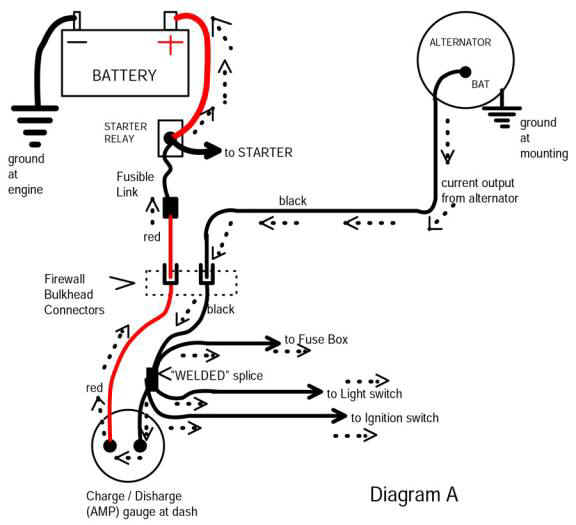64 SRT8 Dart
Well-Known Member
Was driving home from a friends home tonight in the rain in my 66 Val and encountered some weird electrical issues.
Was cruising around 60mph with the headlights on and wipers running. Had been driving for about 15-20 minutes then all of a sudden all lights (headlights and gauge lights) went completely out, wipers quit, and engine stalled for about a second then it all kicked back on, it did this a few times then seemed to correct itself.
I smelled what seemed to be a burnt connection or something electric then it went away.
Then just watching the alt gauge it all of a sudden just dropped to the D then all the way to the C then back to the middle. Then the car did the lights out/engine stall again around 2 or 3 more times. Seemed to correct itself again.
Then I made it home.
Any thoughts? Just kinda weird.
Was cruising around 60mph with the headlights on and wipers running. Had been driving for about 15-20 minutes then all of a sudden all lights (headlights and gauge lights) went completely out, wipers quit, and engine stalled for about a second then it all kicked back on, it did this a few times then seemed to correct itself.
I smelled what seemed to be a burnt connection or something electric then it went away.
Then just watching the alt gauge it all of a sudden just dropped to the D then all the way to the C then back to the middle. Then the car did the lights out/engine stall again around 2 or 3 more times. Seemed to correct itself again.
Then I made it home.
Any thoughts? Just kinda weird.




















